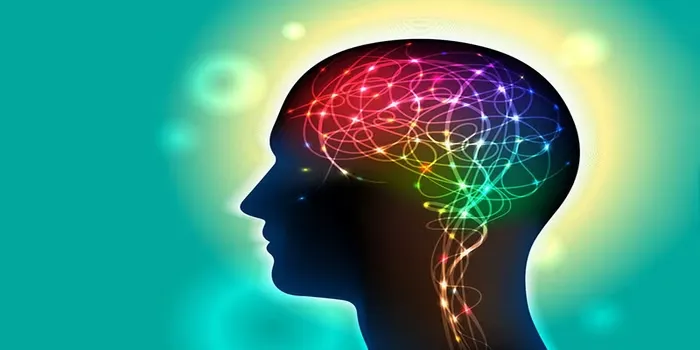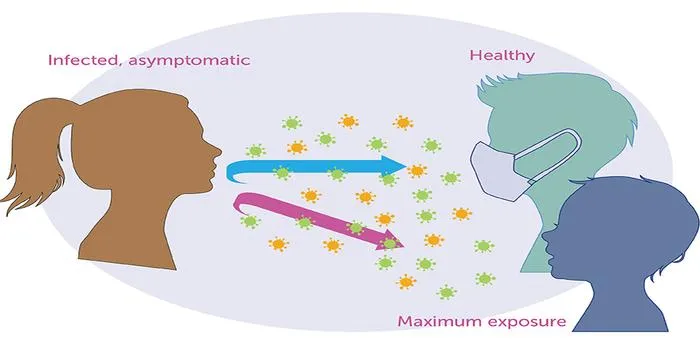- Home >
- Science
- > Exploration
Where are memories stored in the brain? New research suggests they may be in the connections between your brain cells
Memories in the brain may not be stored in a specific location but rather in the synaptic connections between neurons. Recent research indicates that these connections, or synapses, play a crucial role in memory retention and recall. Changes in the strength and number of synapses can influence how memories are stored and retrieved, suggesting a dynamic and distributed system. This understanding shifts the focus from isolated brain regions to the intricate network of neuronal connections as the basis for memory storage.

Recent research has shed light on the intricate and complex world of memory storage in the brain. The traditional understanding of memories has evolved significantly, leading scientists to explore the fundamental role that connections between brain cells, known as synapses, play in storing memories. This article delves into the latest findings regarding where memories are stored in the brain, highlighting key concepts and research developments.
The Role of Synapses in Memory Storage
Synapses are the points of communication between neurons, the primary cells in the brain. When we learn something new or experience an event, specific patterns of synaptic connections are strengthened or created. This process is known as synaptic plasticity, and it is fundamental to how we form and retain memories.
Research indicates that there are two main types of synaptic plasticity: long-term potentiation (LTP) and long-term depression (LTD). LTP is the process where synaptic connections become stronger with repeated stimulation, making it easier for neurons to transmit signals. Conversely, LTD weakens synaptic connections, which can help to refine memories by removing less important information.
New Insights from Recent Studies
Recent studies using advanced imaging techniques have provided deeper insights into how memories are encoded in the brain. For instance, a study published in the journal Nature demonstrated that when mice were trained to associate a specific sound with a reward, the connections between certain neurons in the auditory cortex strengthened. This finding suggests that the storage of memories is not confined to a single location but is distributed across various regions of the brain.
Moreover, researchers have discovered that the strength and arrangement of synaptic connections can change over time, reflecting the dynamic nature of memory storage. This adaptability allows the brain to store vast amounts of information efficiently and to recall it when needed.
The Importance of Neurotransmitters
Neurotransmitters play a crucial role in how memories are formed and retrieved. These chemical messengers facilitate communication between neurons at synapses. Key neurotransmitters involved in memory processes include:
| Neurotransmitter | Role in Memory |
|---|---|
| Dopamine | Involved in reward processing and reinforcement of learning. |
| Glutamate | Essential for synaptic plasticity and memory formation. |
| Acetylcholine | Critical for attention and memory retrieval. |
Understanding how these neurotransmitters interact with synaptic connections provides valuable insights into the biological underpinnings of memory. For instance, disruptions in dopamine signaling can lead to memory-related disorders, highlighting the importance of these chemical messengers in maintaining cognitive health.
Memory Consolidation and Reconsolidation
Another critical aspect of memory storage is the process of consolidation, which occurs shortly after learning. During consolidation, newly formed memories are stabilized and integrated into existing memory networks. This process can take hours to days and is influenced by various factors, including sleep and emotional states.
Interestingly, memories are not static; they can be modified during a process known as reconsolidation. When a memory is retrieved, it becomes temporarily malleable, allowing for updates or alterations based on new experiences. This dynamic nature of memory underscores the complexity of how our brains store and manage information over time.
Implications for Memory-Related Disorders
These findings about memory storage have significant implications for understanding memory-related disorders such as Alzheimer’s disease and other forms of dementia. Research suggests that disruptions in synaptic connections and neurotransmitter function are central to the progression of these diseases. By targeting these mechanisms, scientists hope to develop new therapeutic strategies to enhance memory function and slow cognitive decline.
Conclusion
In summary, the storage of memories in the brain is closely tied to the connections between brain cells, specifically through synaptic plasticity. New research continues to unveil the complexity of this process, demonstrating that memories are not confined to specific locations but rather distributed across neural networks. Understanding the role of neurotransmitters, the processes of consolidation and reconsolidation, and the implications for memory-related disorders can help pave the way for innovative treatments and interventions. As we continue to explore the depths of memory storage, the potential for enhancing cognitive function and improving mental health becomes increasingly promising.












